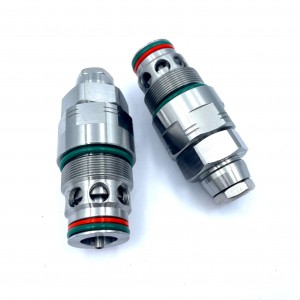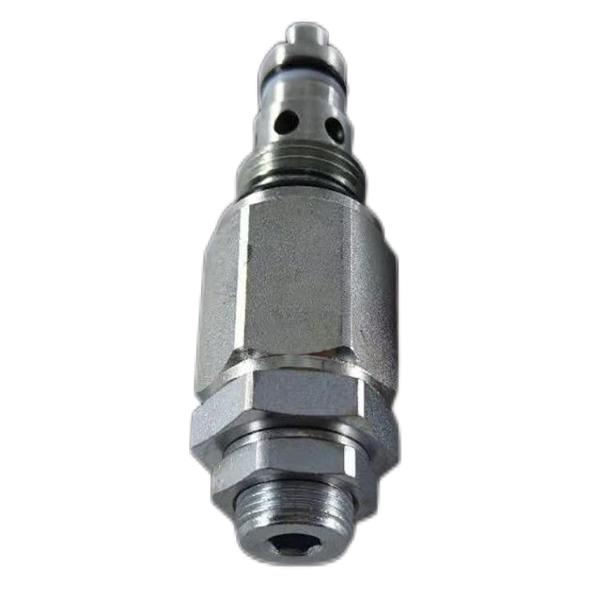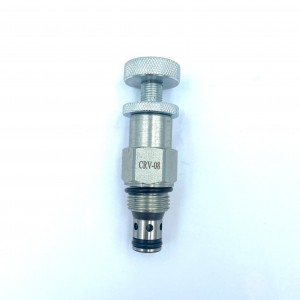Balance valve Hydraulic relief valve for Rexroth throttle valve R930071620
Details
Dimension(L*W*H):standard
Valve type:Solenoid reversing valve
Temperature:-20~+80℃
Temperature environment:normal temperature
Applicable industries:machinery
Type of drive:electromagnetism
Applicable medium:petroleum products
Points for attention
Rexroth balance valves are mainly used in central heating/cooling pipe network systems. The balance valve is used to adjust the balance of the whole system, including the balance of the control end, the balance of the riser and the balance of the main loop, so that the system can reach the temperature set by the customer in a short time with less energy consumption, achieve comfortable climate conditions and greatly reduce the energy consumption of the system
These problems often occur because the wrong traffic prevents the controller from working correctly. Only when working under the designed conditions, the controller can be effectively controlled when the design flow flows through the device. The way to get the design flow is to balance the equipment. Balancing refers to the use of balancing valves to regulate flow
Throttle valve: After adjusting the throttle area, the movement speed of the actuator components with little change in load pressure and low movement uniformity requirements is basically stable. A throttle valve is a valve that controls the flow of fluid by changing the throttle section or length. The throttle valve and the check valve can be combined into a one-way throttle valve by connecting them in parallel. Throttle valve and one-way throttle valve are simple flow control valves. In the hydraulic system of quantitative pump, throttle valve and relief valve are combined to form three throttling speed regulation systems, that is, inlet throttling speed regulation system, return throttling speed regulation system and bypass throttling speed regulation system. The throttle valve has no negative flow feedback function and cannot compensate for the speed instability caused by the load change, which is generally only used for occasions where the load changes little or the speed stability is not required.
Product specification

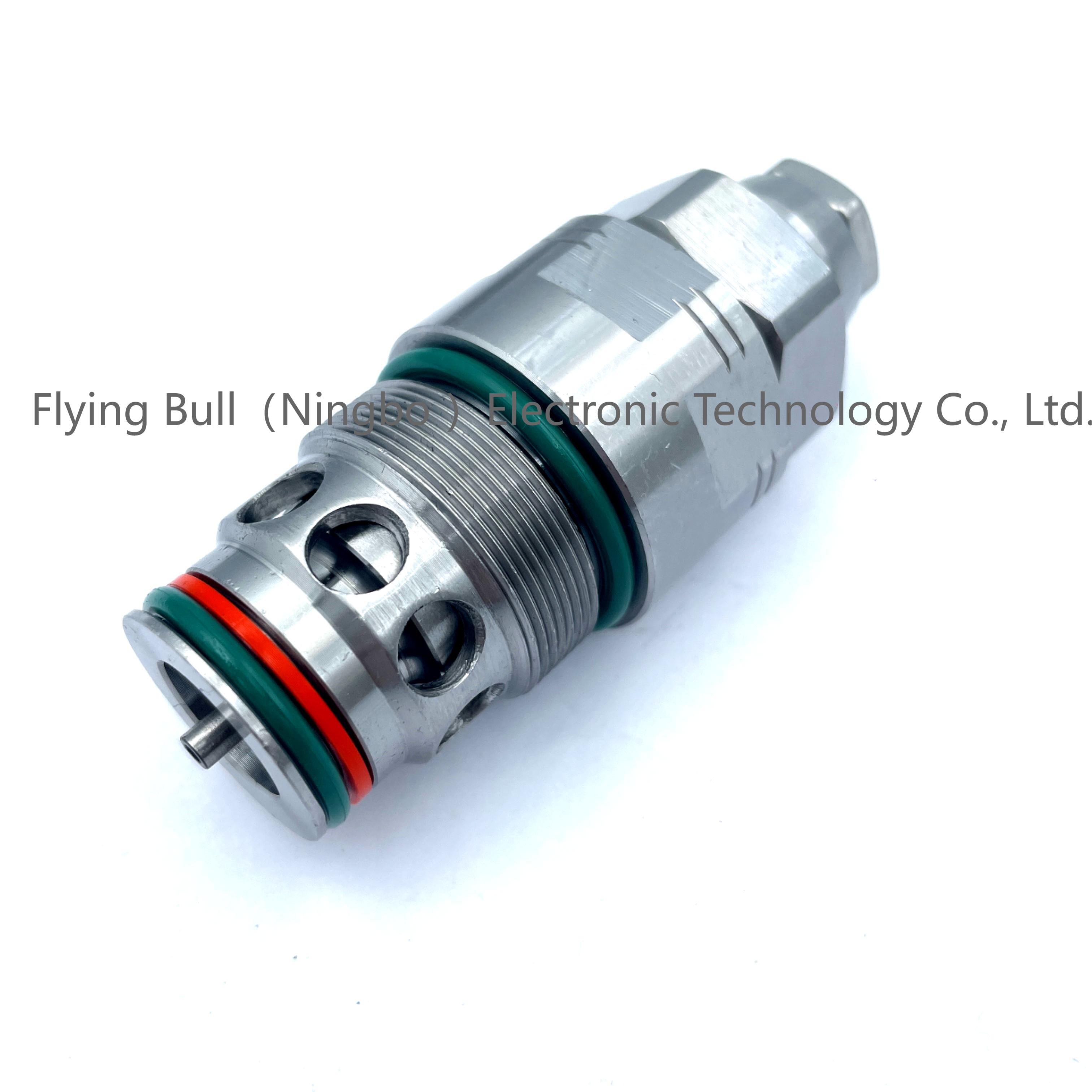

Company details







Company advantage
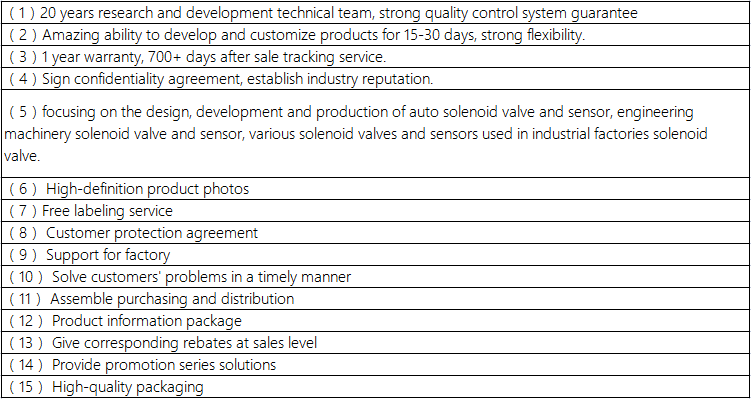
Transportation

FAQ






